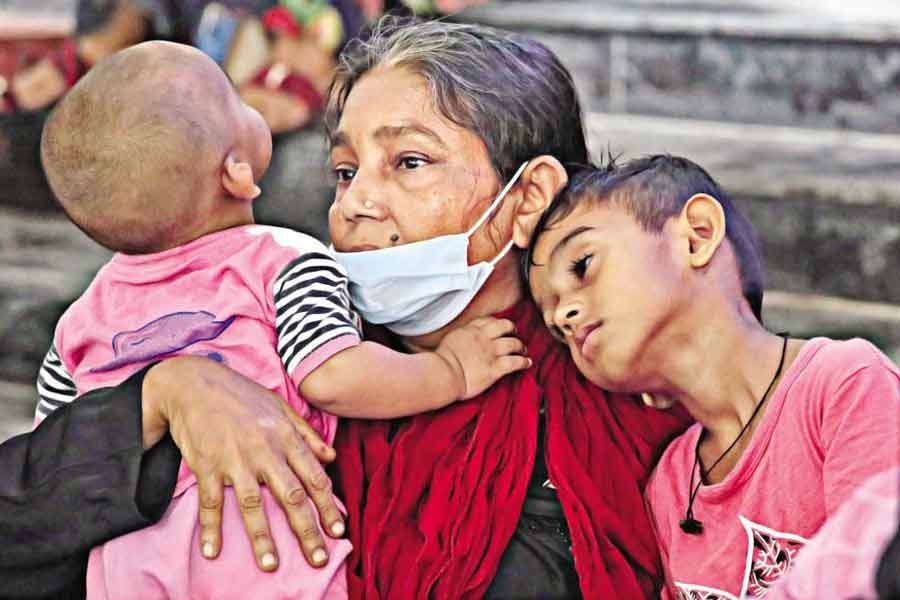The number of dengue patients in the hospitals across the country is on the increase. According to the Directorate General of Health Services (DGHS), so far more than 25,000 dengue patients have been admitted to different hospitals in the country this year. Though the total number of hospitalised patients in the districts is still not as high as it is in the capital city, the trend is undoubtedly concerning. For, the dengue cases, particularly, among the poor in the outlying districts, remain mostly unreported.
It points to the fact that the breeding grounds for the mosquito variety known as Aedes aegypti have been spreading all over the country. Worse yet, the incidence of the disease is no more concentrated in the months traditionally called the rainy season. In fact, the rainy season is itself shifting or being transformed due to climate change. This requires carrying out the dengue eradication campaign on a scale greater than that done so far. At present, anti-mosquito drive has been one of the responsibilities of the city corporations or pourashavas. Given the enormity of the challenge that the dengue-carrying mosquitoes pose to public health, fighting the vector's spread cannot anymore be considered as one of the tasks of a local government body.
Actually, an organisation whose job will be to kill the aedes mosquitoes and their larvae all the year round should be entrusted with the task. It is import to note that the aedes aegypti mosquitos can fly more than 1300 feet high (400 metres) and from that height they can locate any water-filled container. And after they lay their eggs in any such convenient place, it takes from 7 to 10 days for the larvae to grow into fully adult mosquitoes. Clearly, for those in charge of destroying these mosquitoes, it will be a race against time.
So, along with forming a dedicated body to fight dengue, it would also be important to examine further the methods and the kind and quality of the chemical agents in use to eliminate the mosquito. Other methods in the market to kill the aedes mosquitoes than just spraying of insecticides should also be looked into. Other countries' experience in this regard can be shared and, if found useful, replicated.
Regarding the people already infected with dengue and under treatment in hospitals, a worrisome pattern has been observed. Reports from some hospitals have shown that 64 per cent of the patients died within three days of their hospital admission. Doctors believe, the public's delayed response to the disease may be a reason for such high post-hospitalisation mortality rate. If the infected people were admitted to hospitals as soon as the symptoms of dengue surfaced, the number of death would be lower, they maintain.
Another aspect, no less concerning and intriguing, is the gender bias of those who died in the hospitals. It came out in a recent briefing by the health directorate that the dengue-related mortality among the women is twice that of men. To explain the phenomenon, some pointed to society's lackadaisical attitude towards women and their illness. This results in their late hospitalisation and consequent deaths. Some other findings of the health directorate on this score also demand due attention of all concerned.
For instance, of the four closely related viruses that cause dengue (those are called dengue serotypes as each of them reacts with the antibodies in the human blood serum differently), three are now active in Bangladesh. This is also a reason for the high incidence of the disease this year. The developments call for the government's tackling the dengue menace on a war footing.


